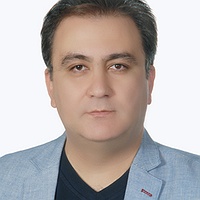Dear Editor,
It has been almost three centuries since René Descartes proposed the theory of dualism. It seems that the biopsychosocial model of pain has much in common with Cartesian theories (1). According to the recently revised definition by the International Association for the Study of Pain (IASP), pain is "an unpleasant sensory and emotional experience associated with, or resembling that associated with, actual or potential tissue damage" (2). Chronic pain by definition is pain that persists far enough beyond healing time of damaged tissue, and sometimes pain that occurs without any obvious tissue damage making the patient suffer. There have been many advances in chronic pain management in recent years (3). Today, the multidisciplinary or multimodal approach to chronic pain management is universally accepted, and targeting the patient's depression and anxiety is the basis of treatment (4). In this approach, the ability to love is a measure of response to treatment (5). In some theories, it is believed that chronic pain is a kind of attention-seeking behavior in an unloved person (6).
In a world where some authors think of medicalizing love (7), and love alongside trust is a precondition of holistic healing (8), it is not unexpected to think about its beneficial physiological effects in patients with chronic pain. There are even hypotheses regarding getting help from romantic love to treat drug addiction (9). Perhaps further studies using newly developed brain imaging techniques can capture the analgesic effect of love in the near future (10).
